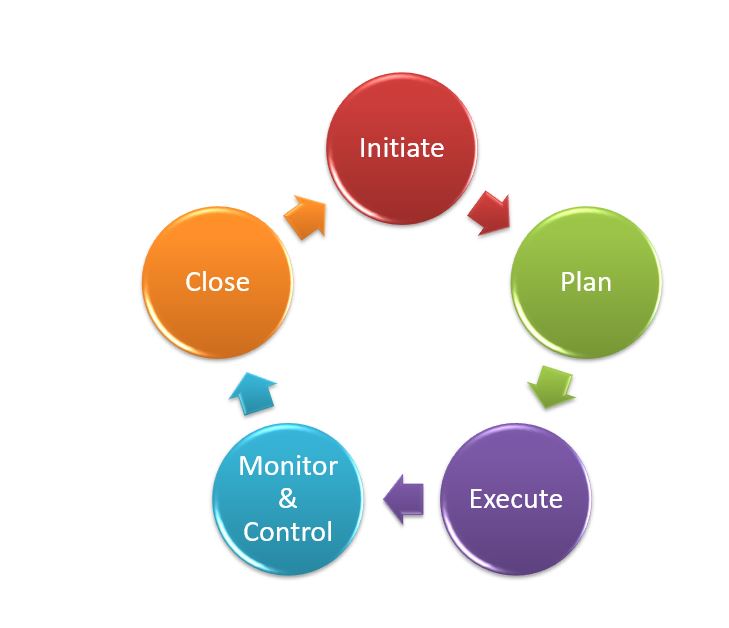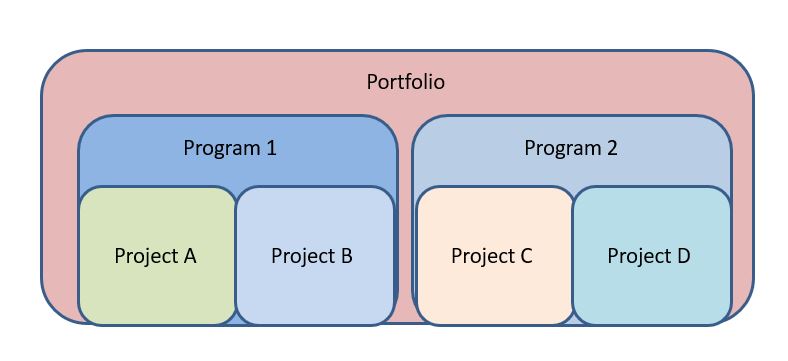
Ever since I started my career twenty five years back, in the engineering services field, I have been constantly stumbling on one issue – “finding the right person for the job.” The reasons for this stumbling block were many, few said that I should have planned well in advance so that I could get the resource for delivering the task, few others told me that the task was complex and therefore it is not possible to find the right resource easily, and there were just too many views on why I could never find the right person for the job. However one common theme in all these views, is the fact that we do not have infinite competent resources in any organization. The resources in any organization big or small, global or local, are always scarce and the best resources are always in short supply. If this echoes well with you then you will also relate to what I am going to share next….
Managing human resource has never been an easy task organization and the complexity has just evolved over the years. In todays world, if the challenge in managing the human resource is in the form of social media, and the remoteness of international teams then a few years back, the challenge was the lack of effective communication means.. Of the many challenges faced by the human resource managers in an organization, the top 3 challenges are Change Management, Leadership development and Organizational effectiveness. Which in my view had existed Yesterday, exist Today and will continue to exist Tomorrow.. it only has evolved and will continue to evolve over the period of time.
Change management – Given the fact that it was never easy to find the right individual for the job, I was either forced to ask someone to do something over and beyond their skillset (by coaching / training) or I myself have developed the knowledge and skill to deliver certain task (I am sure you would have done that too). When I reflect on those situations, I clearly remember the initial resistance to change but in all the successful transitions I clearly recall either being coached and supported or having provided coaching and support to my team member. In today’s fast paced world an intensified focus on training, coaching and support will be needed to manage changes. In tomorrow’s context – Change management must be designed to provide a structured approach for supporting the individuals in an organization to move from their own current states to their own future states.
Leadership development – Leadership skills and management practices have evolved over the period of time. Traditional Command -and – Control leadership styles are now changing to effective collaboration with cross functional teams, as the organizations become more flatter through technological advances and agile processes and traditional hierarchical structure for running an organization is becoming outdated. The manager/employee relationship has become more of a business partnership than supervisor- and-subordinate execution of ideas and strategy. Today’s managers are becoming more intimately involved in the details of projects as facilitators and coaches while individuals are becoming more autonomous self-leaders, creating a partnership to achieve business results. Organizations of tomorrow should strategically address the needs of the changing workforce by evolving their approach to leadership development through a natural shift in mindset by building a common leadership philosophy across the organization. Move away from Transactional to transformational leadership styles, where leaders inspire and help develop their team members to become self-leaders or step up to leadership when necessary.
Organizational Effectiveness – Organizations always attempted to be as effective as possible within the available means. It goes without saying that to achieve effectiveness, organizations have constantly adapted themselves to the dynamic external environment and to develop sustainable and manageable policies. We have seen a shift from a complex hierarchical organizational model to a lean and efficient matrix organization. We have also seen a shifting ideology from hiring people to attracting and retaining talent. Going forward the focus will continue to be on leveraging Human, Financial and Technological resources for creating competitive advantage in an Ethical and Compliant manner.
Clearly, managing human capital is an ongoing challenge, especially as social, political and economic events take their toll. Strategies must continually be redefined to deliver improved return on investment in human capital. As HR professionals work within their own organizations, they must also cope with good and bad economies, new technology, and the social issues – global, regional and national – affecting their organizations. Organizations need to focus on “developing supervisors into ‘people managers,’ not just technical specialists,” To meet this challenge focus should be on “leaders developing leaders”



